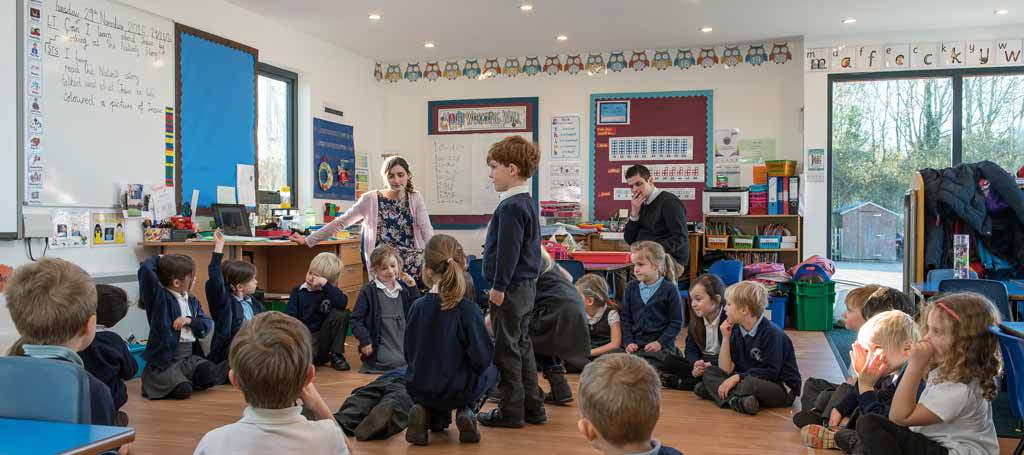The Problems With Overcrowded Classrooms
The impact of the baby boom and increasing birth rates are contributing to an unprecedented level of demand for school places across the UK. This is particularly intense in London, the South East and the large cities of Manchester and Birmingham. Schools are increasingly facing overcrowding as the demand for places escalates; today, as many as 12.5% of primary school pupils and 343,000 secondary school pupils attend classes containing more than 30 children.

The realities behind children not getting into their local or preferred school are extremely serious for both parents and for teachers. As the supply of school places simply cannot keep up with demand, parents are forced to commute long distances to take their children to school or have siblings at different schools, making daily life unmanageable.
Teachers must deal with larger classes and children who are tired and frustrated by longer journeys and less time at home. What can be done to ease the burden of overcrowded classrooms? We take a look at some of the issues and how to overcome them.
1. Teacher-pupil interaction and other overcrowding issues
Keeping pupils engaged can be difficult when the pupil-teacher ratio starts to rise, and when overcrowded classrooms reach a certain capacity, the teacher’s role can become one of crowd control rather than education – a stressful experience all round. With larger class sizes, students may not feel so comfortable asking questions or seeking the help they need, so quieter or less confident pupils risk staying under the radar.

The more pupils in the classroom, the more the noise and distraction increases, so overcrowded classrooms are bad news for focus and concentration. And pupils with additional needs such as dyslexia may not get all the attention they need. So, what’s the solution? Are there realistic actions that schools can take to address the problems with overcrowded classrooms?
2. Using technology to bridge the gap
In an ideal world, additional staffing would be introduced to tackle pupil-teacher ratios, but without money in the budget to make this happen, teaching aids can provide some assistance. Interactive tablets can allow pupils to make a contribution at the touch of a screen – so, for example, you could hold a class poll that every member in the class can take part in, without fear of standing up in front of a crowd or feeling self-conscious.
3. Teaching techniques to improve learning in larger classes
In a class of more than 30 pupils, a shift in approach may sometimes be necessary. Identifying the students who may need extra help is an important first step; these pupils could then be grouped together in a smaller class, or if that’s not possible, offered more attention from a teaching assistant. Structure becomes more important when teaching larger numbers, and a fast pace with lots to engage the students can help keep everyone’s attention on track.

4. Additional classrooms to create more space
Where schools have the space, extending the school with modular school buildings is a practical solution to alleviate overcrowded classrooms. These low-cost classrooms can accommodate an extra class, freeing up space in the existing school building and allowing teachers to feel more effective and confident in addressing students’ needs.
At Vertis, we have built additional classrooms for a number of schools with overcrowding issues: read our case studies to discover how Montbelle Primary School and Whaddon C of E School both solved their space issues with the addition of a new modular classroom. Even if you don’t think your school has the space for a new outdoor classroom, you may be surprised at what can be achieved. Contact Vertis for a free consultation today.
